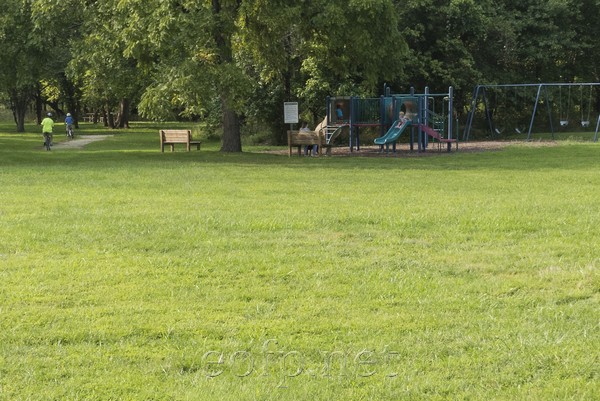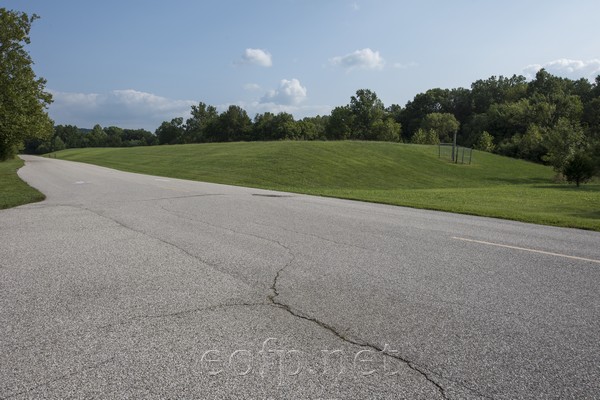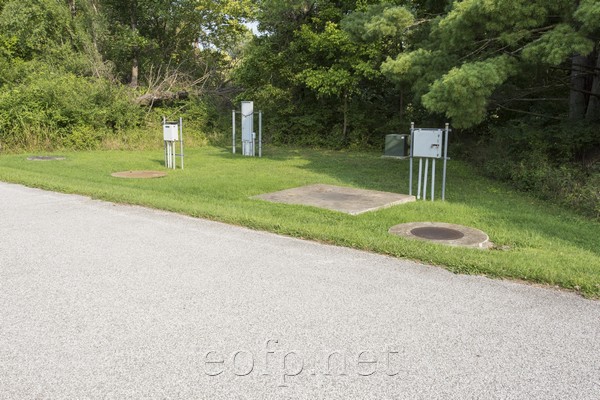8/6/2019
Times Beach Missouri
Times Beach was a small community in the outer suburban area of St. Louis. The story of Times Beach looms large in my memory of growing up in Missouri. The entire population (about 2,500 people) of Times Beach was relocated in 1982 due to dioxin and PCB contamination.
The Times Beach dioxin disaster started in 1972 when the town hired a contractor named Russell Bliss to spray oil on the town’s gravel roads to keep dust down. Spraying oil on gravel roads to reduce dust was a common practice at the time. The contractor, Bliss, had also been getting paid to dispose of waste oil from a chemical plant in Verona Missouri which had been producing Agent Orange. Rather than disposing of the oil, Bliss charged the people of Times Beach to spray it on their roads. The waste oil was highly contaminated with both Dioxin and PCBs. There is probably never going to be any clear accounting of the long-term health effects those chemicals had on the residents of Times Beach. It wasn’t until November of 1982 that anyone in the town realized what had happened. In December, a month after word got out about the contaminated oil, the town was almost entirely destroyed by a flood. When the flood waters receded, the soil was tested and determined to be badly contaminated. After an, at times, acrimonious debate, most of the residents decided to sell to the EPA and abandon the town in 1985. Many never rebuilt after the flood. A more detailed account of the saga is here.
What interests me most about the story of Times Beach is what has happened to the town since the 1980s. It has been erased. After the town was disincorporated, the EPA spent years and many millions of dollars removing, piling and covering contaminated soil. All of the town’s structures were demolished. The pattern of the town’s streets is still discernible in aerial views but isn’t noticeable from the ground. The land that the town once occupied is now a state park.

People become strongly attached to places. I’ve always been amazed at how those attachments to place can survive social, economic and environmental upheavals. This attachment is apparent in places like old mining towns that persist in spite of the fact that the mines closed long ago. People associate events with the places those events happened. People often choose to memorialize major events at the location of those events. We build museums, monuments, plaques and other totems in locations to connect remembered events with real physical place. Sometimes stories are the only thing used to remember events which make specific places important. There is a substantial amount of literature that addresses how people establish or make places.
Places can also be erased. That is what is happening, has happened, to Times Beach. The buildings and streets of Times Beach have been removed. All signs that directed travelers to Times Beach are gone. The town's location has been removed from the official Missouri highway map. The land that was once Times Beach has been landscaped and is now a park. A playground has been built where homes once stood. There are no memorials or monuments to the memory of Times Beach or the disasters that destroyed it. It is as though the people of Missouri are intentionally trying to forget it. Places are human constructs. We can create and destroy places by simply telling or forgetting stories about them. Real physical locations are not destroyed though. In this and other efforts to forget, to erase a place, a new place has been created in the same location. That new place is called Route 66 State Park. It’s interesting to me that the road, Route 66, that siphoned hundreds of thousands of people away from St. Louis to their new homes in the Southwest is memorialized in this way. Migration to the Sun Belt devastated St. Louis in the 1950s-1970s. But the road people took when they left has never been stigmatized in the Midwest. The romantic ideal of automobile travel has always had much greater significance. Creating a new place in the location of the one being destroyed is an extra step that has not been taken in places like Love Canal, which has been forgotten entirely.
When I visited Times Beach in 2018, I found hardly any sign of the disaster that had happened there. The mounds of contaminated soil were carpeted with green grass and could have been mistaken for Mississippian burial mounds. People jogged and bicycled along recently paved park roads. Children played in the new playground. The monitoring wells that were scattered around and areas with less mature vegetation in old street alignments were the only indications that Times Beach ever existed.
All content on these pages Copyright Mark Hedlund 2012-2019. All rights reserved. Use in school projects and with links on social media is always okay. Please send me an email to request permission for any other use: hedlunch@yahoo.com Non-exclusive commercial publication rights for most photos is $25 per image.


